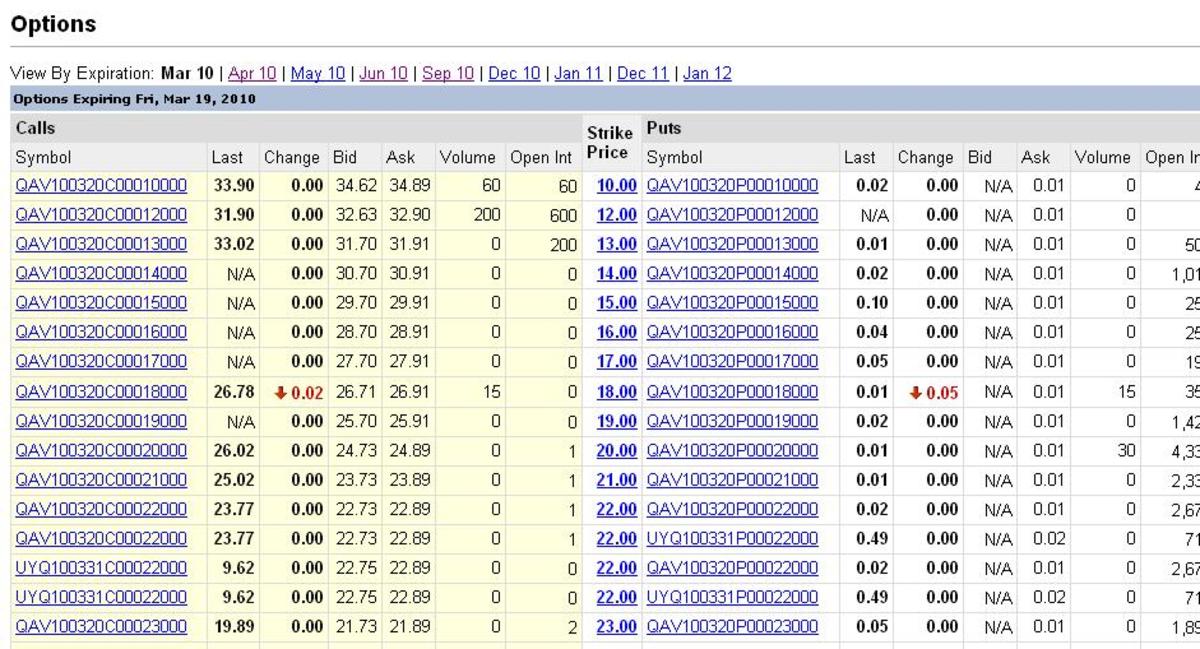How To Invest In Stocks And Increase Returns With Leverage
What is the definition of leverage?
The stock market is all about using money to make money. The more capital you have, the more you can make. However, capital is usually a finite resource. Most people don't have lots of capital to throw around. There is a clear limit to what they have available or can access.
People are sometimes confronted with the situation, where they don't have enough capital. They know or think they know that something will soon rise or fall in price, but cannot acquire the necessary assets they want. They have a clear idea of what they want to do, but they can't do it. They lack the means, which includes access to sufficient capital.
What they need is a way of increasing the amount of capital they have available. The solution here in the world of finance is called leverage, which is any method that results in gains or losses being multiplied.

How to increase profit margin with leverage?
In trading, leverage can be used as a substitute to make up for insufficient available capital. This can be illustrated with following example:
-
Investor A only has $5000 but wants 200 shares of company X priced at $50 each. Using a margin account, he is able to purchase $10,000 worth of shares with only $5000 instead of the 100 shares he was originally able to afford.
-
Assume the share price of company X rises from $50 to $55. Investor A has gains $1000 because his shares are now worth $11,000. Without leveraging, his gain would only have been $500 with 100 shares. Using leverage, he has doubled his gain.
-
Now assume the share price of company X goes down to $45. Investor A loses $1000 due to leverage. Without leverage, he would have had only 100 shares and lost only $500.
In the example above, investor A was leveraged 2:1. However, much greater ratios are possible. In currency trading, it's not unusual to be leveraged 50:1 or even more. Needless to say, this kind of trading carries with it great risk and is not recommended for most people.
Leverage puts someone in a position to post much greater gains that would otherwise not be possible. The price for this is to run the risk of suffering much greater losses. It is therefore imperative that there is a high probability of success if one is to use leverage. The consequences could otherwise be devastating.
How leverage can be implemented
Those interested in leverage have several choices available:
-
Buying on margin
-
Leveraged Exchange Traded Products
-
Using Options
As you see, there are different methods in how someone can be leveraged. Each will be discussed in more detail below.

What is buying on margin?
The oldest and best known method is through what's called margin or buying on margin. Margin is a form of collateral and involves borrowing capital from your broker. It's similar to a loan with interest. This allows you to invest with much greater amounts of capital using a margin account. It's made available to most retail investors.
To maintain this account, you must meet the margin requirements. These consists of an initial requirement when you open a position and a maintenance margin requirement to keep the position open. The broker will let you know what the requirements are. Note also that margin requirements may be raised or even lowered at any point in time.
Dropping below margin requirements can result in what's called a margin call. You then have a certain amount of time to either close the position or add more capital to make up for the shortfall in margin. It's up to the individual to decide which course of action to pursue. Failure to take any action can result in your position being liquidated by your broker to raise the required capital needed.
What are Leveraged Exchange Traded Products?
Leveraged Exchange Traded Products (ETP) are similar to regular ETPs in that they also track an underlying index. They can be bought and sold like all other equities. However, they also attempt to multiply the returns of the underlying index, usually by two (double leveraged) or three (triple leveraged) times.
Using Leveraged ETPs can be problematic. For starters, they do not always track their underlying index accurately. It's not unusual to have the underlying index rise with no effect on certain leveraged ETPs. This is especially the case when ETPs track futures contracts, which have to be rolled over periodically. These problems make leveraged ETPs only suitable for very short term or day trading at best.

What are Options?
An option is a contract which gives you the right, but not the obligation, to buy or sell an underlying financial instrument at a strike price on or before an expiration date. The right to buy is a call option for those who think prices will rise and the right to sell is a put option for those who think prices will fall.
Options and how their pricing is determined is a very broad topic, but relies on what's known as the Black-Scholes Model. It's not possible to cover everything comprehensively in one article as there is too much to cover.
Options are the most complex way of leveraging, but also the most flexible. They allow a wide range of trading strategies, which would otherwise not be possible. They are best suited for those experienced in all the intricacies that options entail.
Conclusion
Leverage is a useful tool in the hands of the informed investor and a dangerous tool in the hands of the uninformed investor. It is important that anyone looking to leverage do so only after sufficient training and learning.
Leverage is a tool that must be handled correctly and with care. It is only to be used at the appropriate time and situation. Failure to do so can and will have disastrous consequences. Always remember that it is better to be safe than sorry.








